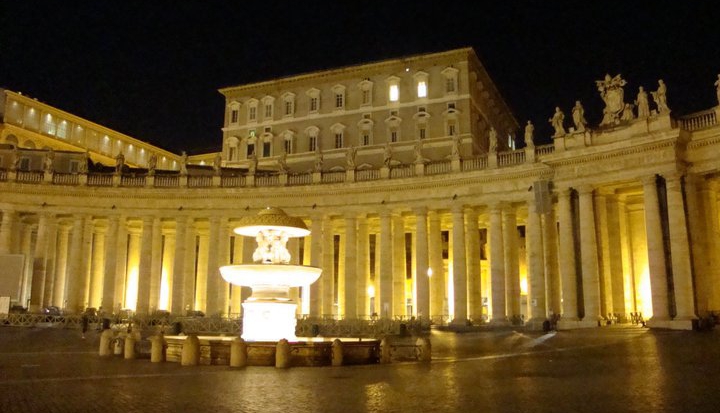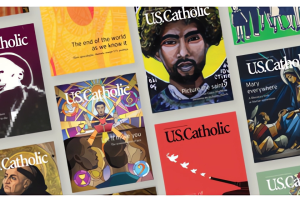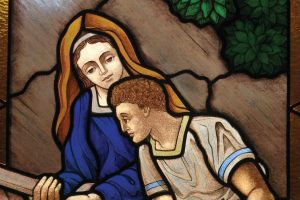VATICAN CITY (CNS) — The 115 cardinals participating in the conclave will know the identity of the new pope before the rest of the world, but their advance knowledge is likely to last for well over an hour, and even more in the unlikely event that the candidate they choose is not in the Sistine Chapel with them.
The last time cardinals in a conclave did not choose one of their members was in 1378 when they voted for the archbishop of Bari, Italy, who became Pope Urban VI.
The following is what should happen as soon as a candidate receives at least two-thirds — 77 — of the votes and is elected the 266th successor of St. Peter.
If he is not the one elected, Cardinal Giovanni Battista Re, the top-ranking cardinal elector, will ask the chosen cardinal, "Do you accept your canonical election as supreme pontiff?"
The ritual handbook for the conclave and election gives no formula for the candidate's response and gives no instruction for what would happen if the person declined.
Instead, it says, "as soon as he receives the consent," the top-ranking cardinal elector asks, "With what name do you want to be called?"
The master of papal liturgical ceremonies, Msgr. Guido Marini, a notary and two aides serving as witnesses draw up an official statement of the election and the name.
If the chosen candidate is not in the room, the top-ranking cardinal calls a top official in the Vatican Secretariat of State, Archbishop Giovanni Becciu, who "with great caution" and without letting the news leak, must get the new pope to the Vatican.
If the candidate chosen is not yet a bishop, he is immediately ordained.
Only after the candidate accepts his election and is ordained, if necessary, the ballots are burned with chemicals to produce white smoke and announce to the world a successful election, said Jesuit Father Federico Lombardi, Vatican spokesman.
The bells of St. Peter's Basilica will begin to peal, television and radio stations will broadcast the news, Twitter feeds and other social networks will pass the word, and tens of thousands of people in Rome will run to St. Peter's Square.
The new pope goes into the so-called "Room of Tears," a small room attached to the Sistine Chapel, and dresses in a white cassock and other papal vestments.
Then there is a brief prayer ceremony in the Sistine Chapel with the cardinal electors. The ceremony includes the reading of the words of Jesus to Peter either from the Gospel of Matthew — "You are Peter and upon this rock I will build my church" — or from the Gospel of John, "Feed my sheep."
Each of the cardinals present in the Sistine Chapel comes up to the new pope, paying him homage and promising him obedience, then they sing together the "Te Deum" hymn of thanksgiving to God.
If he is not the one chosen, Cardinal Jean-Louis Tauran, the top-ranking cardinal deacon, will go to the balcony of St. Peter's Basilica and announce the election to the crowds in St. Peter's Square.
But before stepping out onto the balcony, Father Lombardi said, the new pope will stop in the Pauline Chapel of the Apostolic Palace to pray briefly before the Blessed Sacrament.
Cardinal Tauran, or the top-ranking cardinal deacon after him, goes out onto the balcony and tells the crowd, "I announce to you a great joy. We have a pope ('Habemus papam')," saying the name of the one chosen and announcing the name by which he will be called.
The new pope then comes out onto the balcony and gives his first blessing "urbi et orbi" (to the city and the world) and usually gives a short speech.
For the crowds in St. Peter's Square and for those watching on television or listening on the radio, devoutly following the new pope's blessing carries a plenary indulgence, Father Lombardi said. He did not say if the indulgence applies to Twitter followers.
Copyright (c) 2013 Catholic News Service/U.S. Conference of Catholic Bishops
Photo by Caitlyn Schmid















Add comment